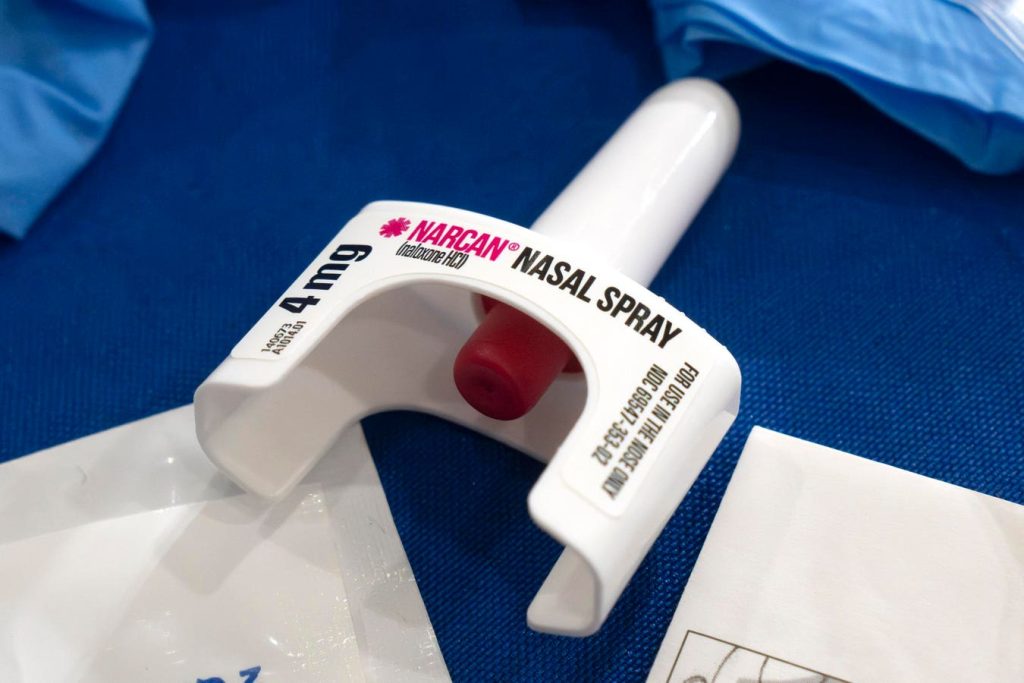In 2023, overdose deaths declined in the U.S., with a modest drop of 3,500 deaths from the peak of 111,000 fatalities in 2022. However, it is too early to determine if this downward trend will continue. Approximately 75% of these deaths were related to opioids, primarily illicit fentanyl, which remains a significant concern despite the overall decline in numbers. Demand-side policies implemented in recent years to increase access to antidotes and combat drug addiction seem to be working to some extent.
The steepest rise in annual overdose deaths occurred from 2012 to 2021, with a significant portion attributable to misuse of prescription opioids. However, the percentage of drug overdose deaths linked to legal opioids has decreased as a result of reduced prescribing practices. The main drug problem in the U.S. now is illegal opioids, particularly powerful substances like “elephant tranquilizers” such as xylazine, which is mixed with fentanyl on the street. Illicit fentanyl is primarily smuggled from Mexico, even when originating from China, and efforts to reduce this illegal importation have not been entirely successful.
While the federal government has focused on increasing border patrols and reducing the supply of illegal opioids coming into the country, efforts to address the demand for these substances have also been recognized as crucial. Access to Narcan, a medication that reverses opioid overdoses, has been expanded to various community settings, and efforts are underway to increase prevention and addiction treatment options at all levels of government. The Biden Administration has introduced policies aimed at harm reduction and expanding access to treatment, marking a significant shift in how addiction care is approached.
The Biden Administration’s initiatives include broader distribution of fentanyl test strips, expansion of healthcare providers who can prescribe medications for opioid use disorder, and lifting restrictions on mobile methadone vans. The Administration has also supported needle-exchange programs and supervised injection sites, such as the OnPoint NYC program in New York City, to provide clean needles, administer medication for overdoses, and offer addiction treatment options to drug users. These policies have shown some signs of progress in reducing opioid-related deaths, but critics argue that more funding and standardized support services are needed to fully address the crisis.
Although progress has been made in reducing opioid-related deaths, the overall impact of these policies remains to be seen. The decrease in overdose fatalities in 2023 signals a potential shift in the right direction, but ongoing efforts are needed to sustain this progress. The Biden Administration’s focus on expanding access to treatment, harm reduction strategies, and prevention measures represents a significant departure from previous approaches to drug addiction and signals a growing recognition of the need for comprehensive solutions to address the opioid crisis in the U.S.













